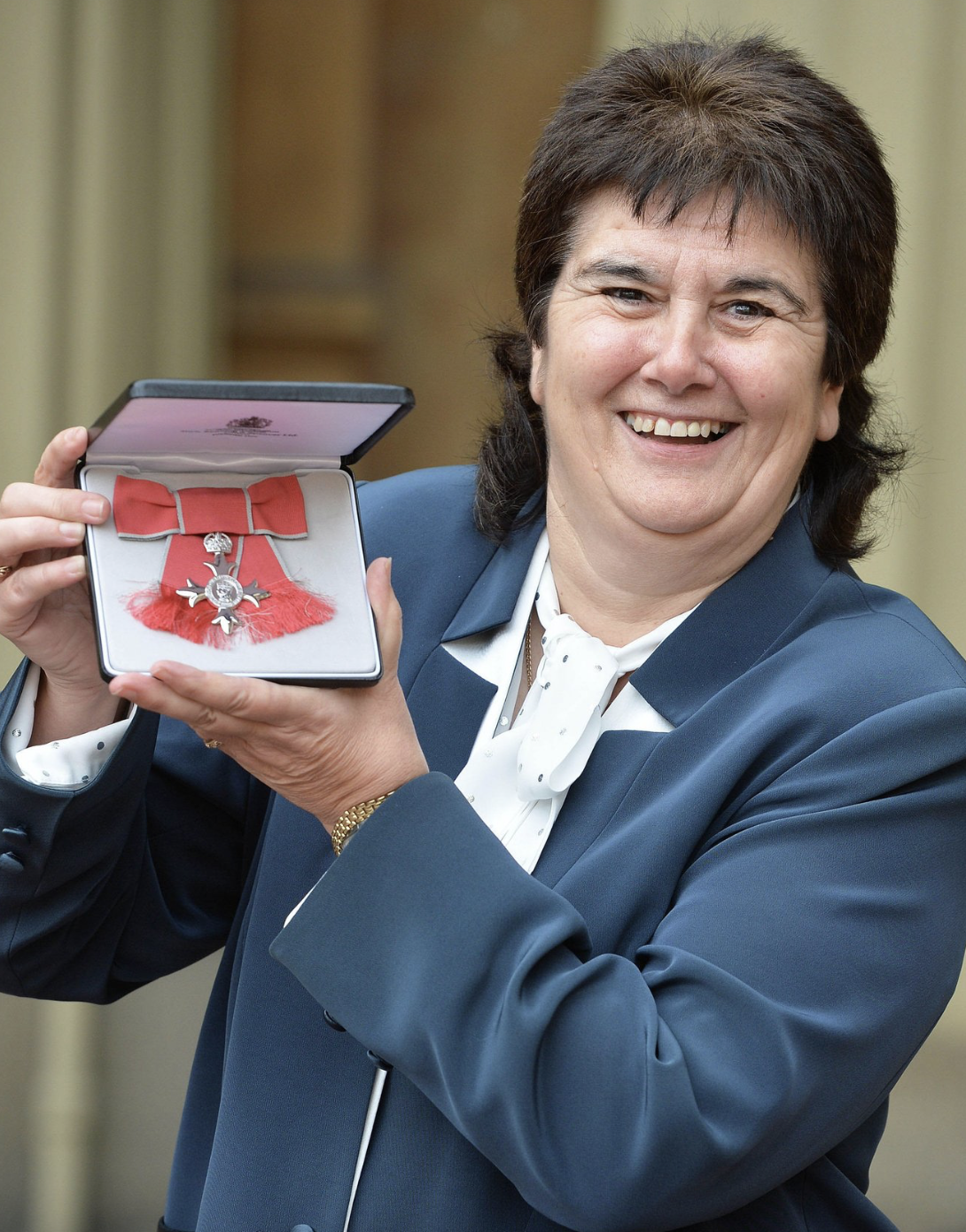It’s official — the United Kingdom’s joint bid, featuring England, Scotland, Wales, and Northern Ireland, has been confirmed as the sole contender for the 2035 World Cup. In other words, as long as they submit a proposal that meets FIFA’s standards, the UK is all but guaranteed to host the tournament. Given the massive success of the 2022 Euros and countless other international tournaments hosted in the UK, it is extremely unlikely that the bid will be rejected.
The actual bid is not monetary, but rather a detailed plan of how the event will be ran, that the country has big enough stadiums to host games and the infrastructure to deal with the extra visitors and the 48 teams. The UK clearly has everything required to deliver a successful tournament — from world-class stadiums to passionate fans and proven infrastructure. So, barring any unexpected setbacks, we can already start celebrating the prospect of a home World Cup. The official bid will be submitted by the end of 2025.
Beyond the pure excitement of having a World Cup in front of our eyes, is the knowledge of how much this tournament can push the game even further forward. We all witnessed the excitement of the 2022 Euros — but the World Cup is on an entirely different scale, with more teams, more matches, more players, and a global audience that’s even bigger and more intense. According to UEFA’s Euro 2022 impact study, 2.3 million more women and girls were playing football the season after, and there was an extra 298 women in coaching roles and 247 more referees just across the nine cities that hosted matches in the summer of 2022. While we’ve yet to fully grasp the impact this had fully had, that’s what makes it so exciting — especially with the game already evolving at such a rapid pace.
The progress we can already measure paints an exciting picture of what’s to come. Attendances in the WSL in the 2022-23 season rose by 172%, a massive jump and one that has been sustained since then, with many clubs moving to their larger stadiums as a direct result of this increased support. 84% of people who were surveyed also said that watching the Euros improved their perception of women’s football, showing the greater respect that people have for the game now, even when they don’t follow it directly. These are the kinds of people for whom a home World Cup could be the spark — drawing them in, capturing their interest, and potentially turning casual curiosity into lifelong fandom.
The World Cup has already shown it can transform the support of an entire country. In 2023, Australia did exactly that and so called ‘Matilda fever’ spread across the land. On their journey to the semi-finals, the team became national heroes — and since then, women’s football has firmly cemented its place in the spotlight, with the squad consistently selling out nearly every home game. Building on the success of the Euros, an even bigger tournament like the World Cup offers the perfect chance to ignite another wave of ‘Lionesses fever’ — inspiring the next generation just as powerfully as they have the current one.
Knowing they’ll be automatically qualified, the federations of Wales, Scotland, and Northern Ireland now have a golden opportunity to make the most of the decade ahead. With focused development, they can raise the quality of their teams, become genuine contenders, and lay the foundations for a stronger, more sustainable future in international football.
One of the few criticisms of the last Euros was the limited involvement from men’s Premier League clubs in offering their stadiums. As a result, matches were held at smaller venues like the New York Stadium in Rotherham, Stadium MK in Milton Keynes, and WSL grounds such as the Joie Stadium and Leigh Sports Village. While there’s no disrespect to these venues, they don’t fully reflect the rich footballing heritage England is known for. Those who opted out ended up looking short-sighted, especially as the tournament generated £81 million for the nine host cities. With the World Cup set to feature triple the teams, games, and fans, that figure can only grow exponentially.
Given the status of the Lionesses and women’s football generally across the UK, and the ten years of development that will occur; there really is no excuse for anyone treating this tournament any different to how they would hosting a Men’s World Cup. Given the deep passion, rich history, and robust infrastructure for football across England, Northern Ireland, Scotland, and Wales, a well-run tournament has the potential to elevate women’s football even further — surpassing the impact of the Euros and perhaps even the 2023 World Cup in Australia. Ultimately, this World Cup has the potential to be era-defining, provided the commitment and investment are there to back it up.



